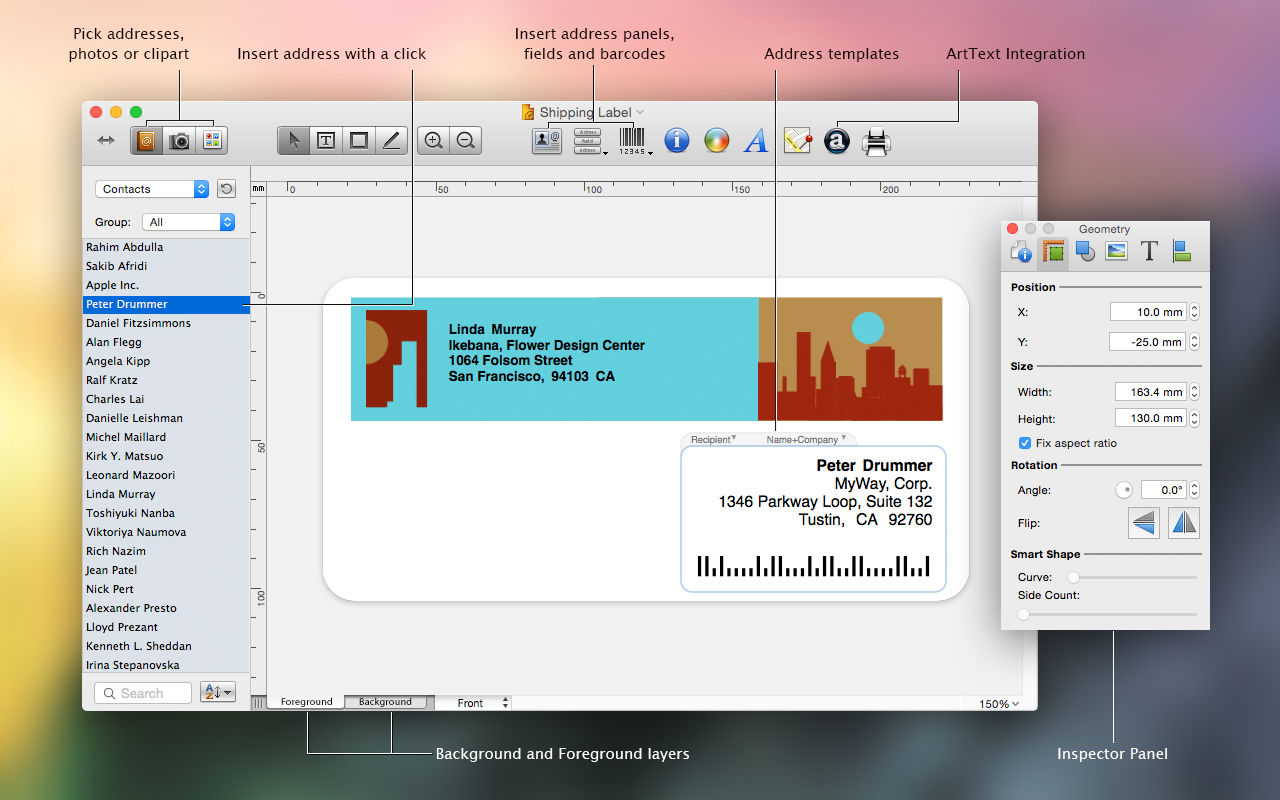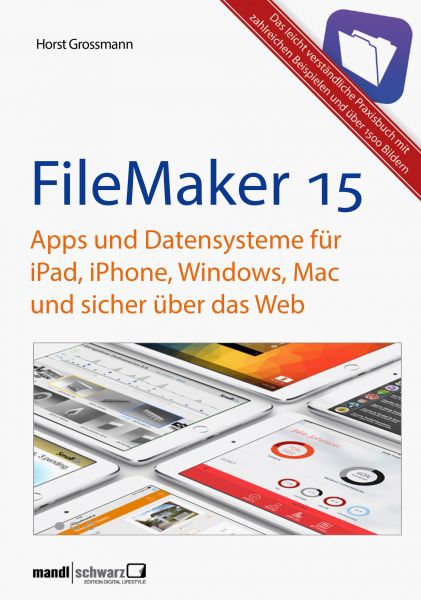

This code is later appended to the Web-Viewer. In the Specify Calculation dialog box (created in step 3), write the source code that is executed to generate a HTML code (the HTML code is given below).Select the Storage option and select the checkbox for Use Global Storage.Select a field and, from, click Option.To render FusionCharts, create some basic fields such as chartType, container_id, chartWidth, chartHeight, dataFormat and dataSource and set their type to text.The Specify Calculation dialog box opens. Name the first field, say index_HTML and set its type to Calculation. To add fields to the table, click menu/button/option.You will see a table with the same name of the layout, where you can add fields to the table by clicking on the table name. From the navigation bar, point to Manage, and then select Database (or press CTRL+SHIFT+D).To render FusionCharts using Filemaker, add the FusionCharts JavaScript libraries to the web viewer using the following steps: This library serves as a great reference source to draw inspiration from. Thereafter, you can simply include the FusionCharts JavaScript library in your web applications and start building your charts, gauges, and maps.įusionCharts provides you with an exhaustive gallery of live examples, hosted in JSFiddle along with the source code.


Once you have bought the licensed or the trial version, installation of FusionCharts Suite XT merely involves copying and pasting the JavaScript files from the download package into your project folder. The FusionCharts Suite trial version is also available to download for free with no feature restrictions (trial version will show an evaluation watermark). You can easily buy a license to use FusionCharts in any commercial application.


 0 kommentar(er)
0 kommentar(er)
